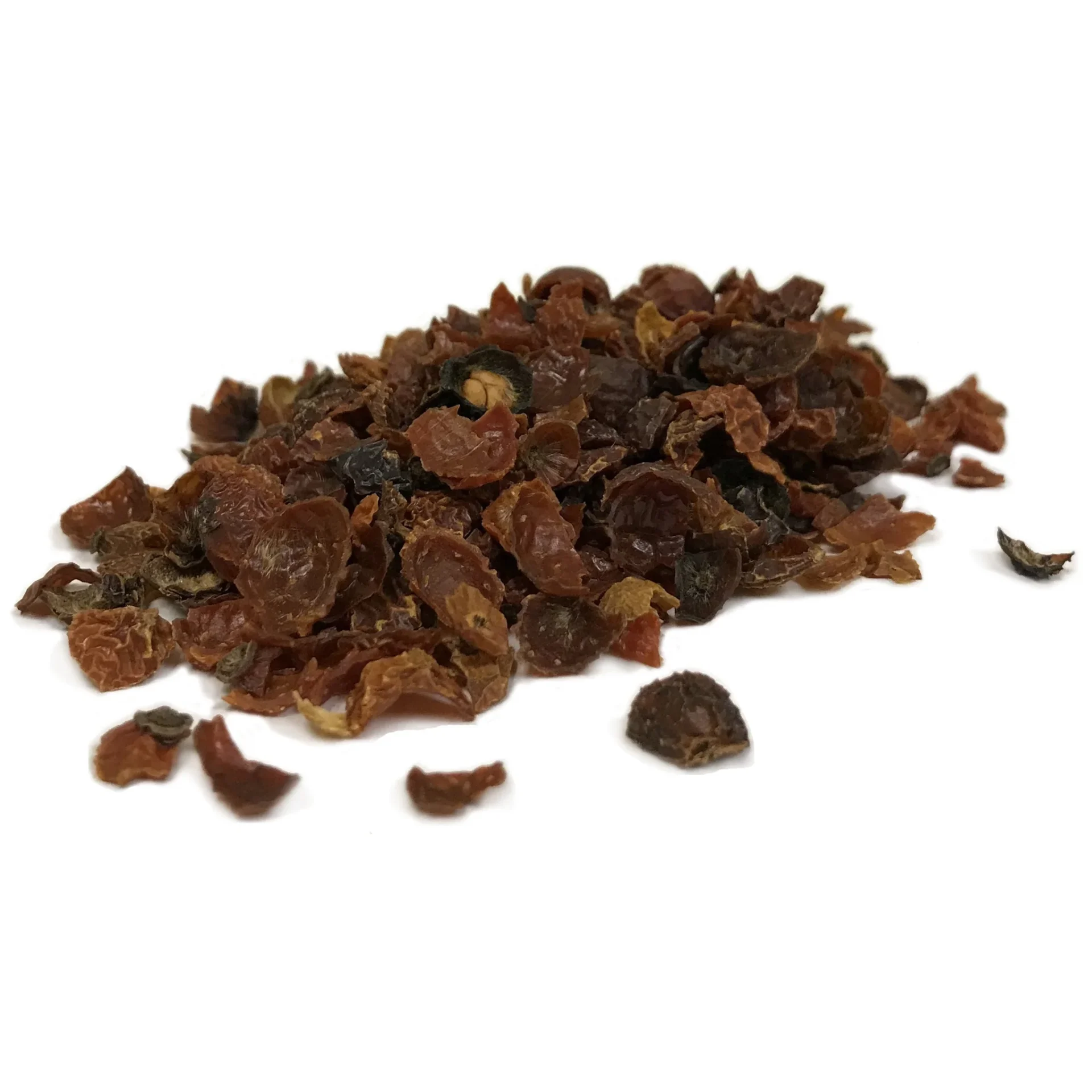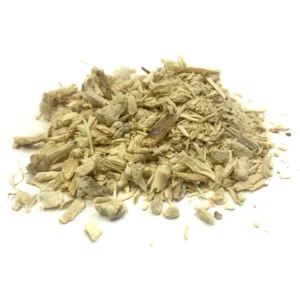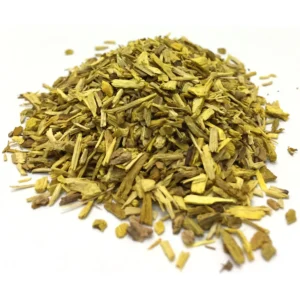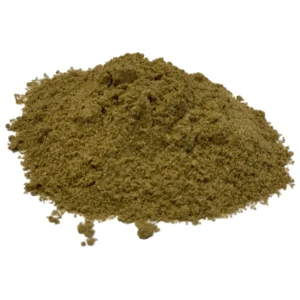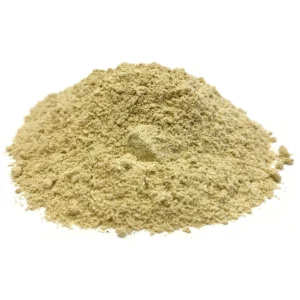Description
Rosehips is a perennials, that may form thickets, 2-3 feet tall, or clusters of large bushes, depending on species and growing conditions. All wild species have a single row of petals, usually 5, with many typical yellow stamens, and will be smaller than cultivated hybrids. The color is basically pink. Stems are thorny, slightly waxy and sticky.
The flowers mature into hips (fruit) which turns from green, yellow, orange, and after a frost, to dark red. Found at all altitudes, mostly in mountainous areas, above 10,000 feet. The fruits (rose hips), gathered after the first frost, make a pleasant, tart tea, which is high in Vit. C. To preserve the rose hips, gather and chill.
Remove the blossom end, stem, and leaves and wash quickly. Bring 1 1/2 cups water, add 1 cup hips, simmer 15 minutes. Let stand 24 hrs, strain off extract liquid, bring to boil, add 2 tablespoons lemon juice for each pint. Pour into jars and seal. 2 teaspoons should supply an adults daily need for Vit.C. Refrigerate after opening.
Origin(s): Africa, Chile, China, Croatia, United States.
Latin Name(s): Rosa canina.
Also known as: Dog rose, Dog Brier, Hep tree, hip tree, wild brier, brier rose, hip fruit.
Plant Part(s) Used: Fruit.
Appearance: Cut: Dark red. Powder: Orange-brown.
Aroma: Sweet, fruity.
Taste: Sweet, tart, astringent.
GMO Status: Non-GMO.
Allergen: None.
Additives: Free of any additives or preservatives.
Applications / Preparations: Can be put into capsules, teas, smoothies, liquors, foods or infused as an herbal extract. For cosmetic use can be put in facials masks & body powders. For decorative use can be put in potpourri mixes.
Storage: Store in a sealed container in a cool, dry place.
Shelf Life: It is very difficult to pin down an exact expiration date for most single herbs as they do not really expire, they lose potency or strength over time but will still have value. Unlike synthetic material or drugs, herbs can contain many constituents that contribute to their medicinal effects. Even if when we know what the active constituents are, there are often many of them in a single herb, each with different rates of degradation. Some herbs lose their effect more easily. Other herbs that possess more stable compounds such as alkaloids or steroids will last much longer.
A huge part of the degradation rate of herbs depends also on the storage conditions of the herb, & even on the quality of the herb before storage – how it was grown, harvested, dried & processed. If the product is left in hot places or open to sunlight then it will degrade much quicker than if it was stored in cool, dry place & sealed tightly.
A good rule of thumb is that herbs should be stored no longer than 2-3 years but many herbs will have great strength much longer than that. To determine if a an herb is still good you can check the appearance & aroma. Herbs that are no longer acceptable will have lost much of its vibrant color & will instead appear dull & faded. The bigger key though is to smell the raw materials to see if the potent aroma is still present.
Warning: None known.
Additional information
| Weight | 2.00 lbs |
|---|

